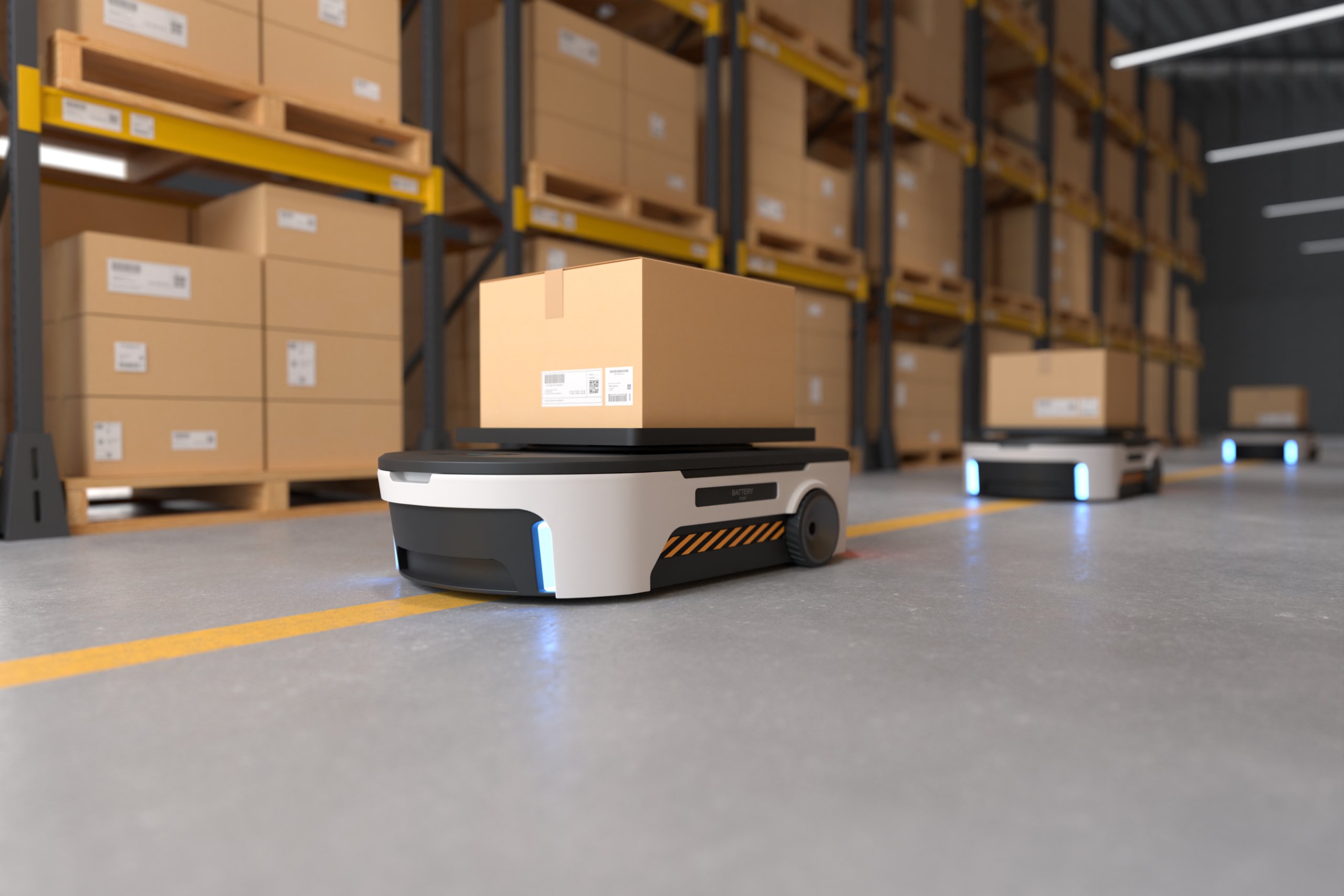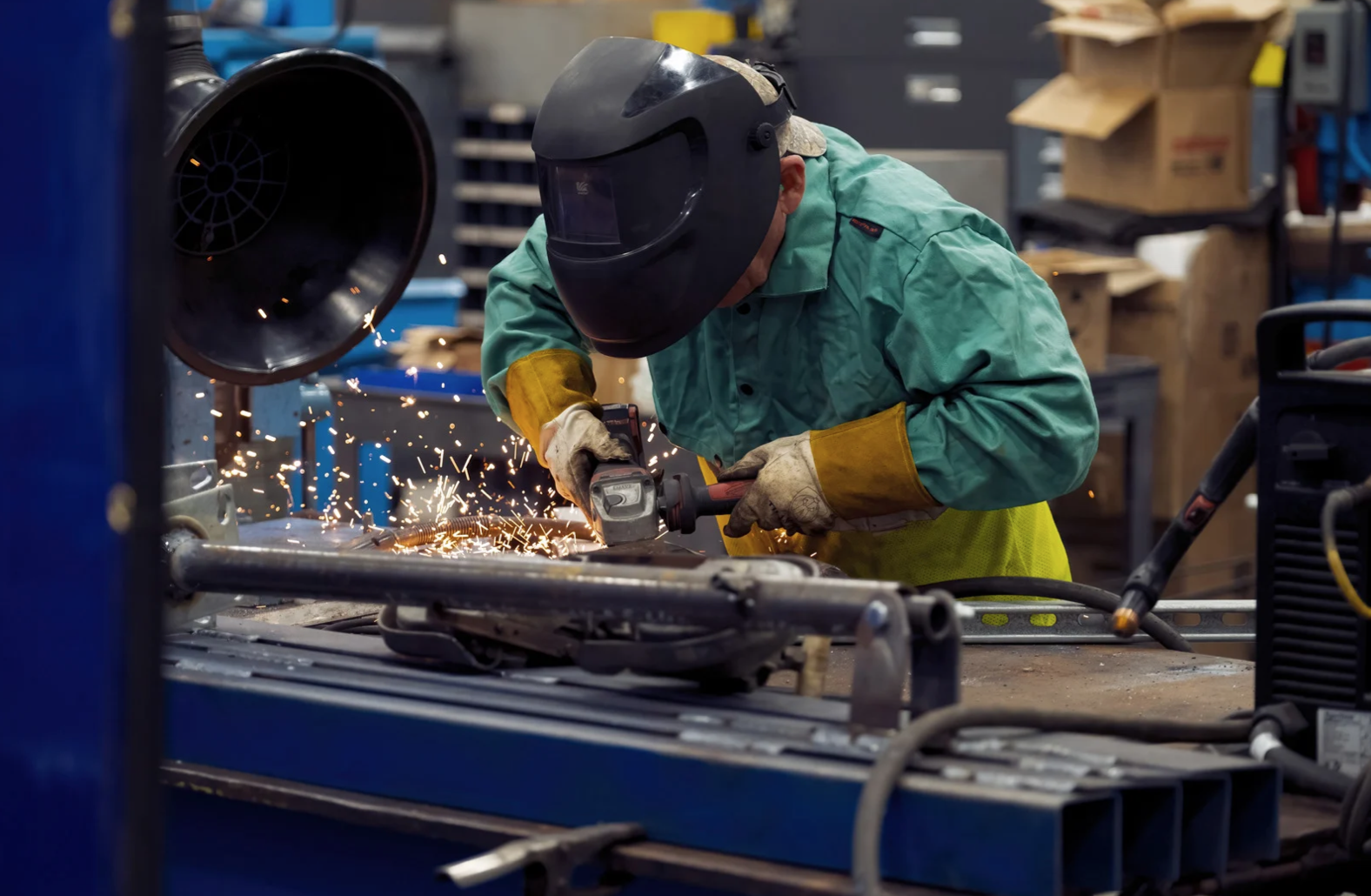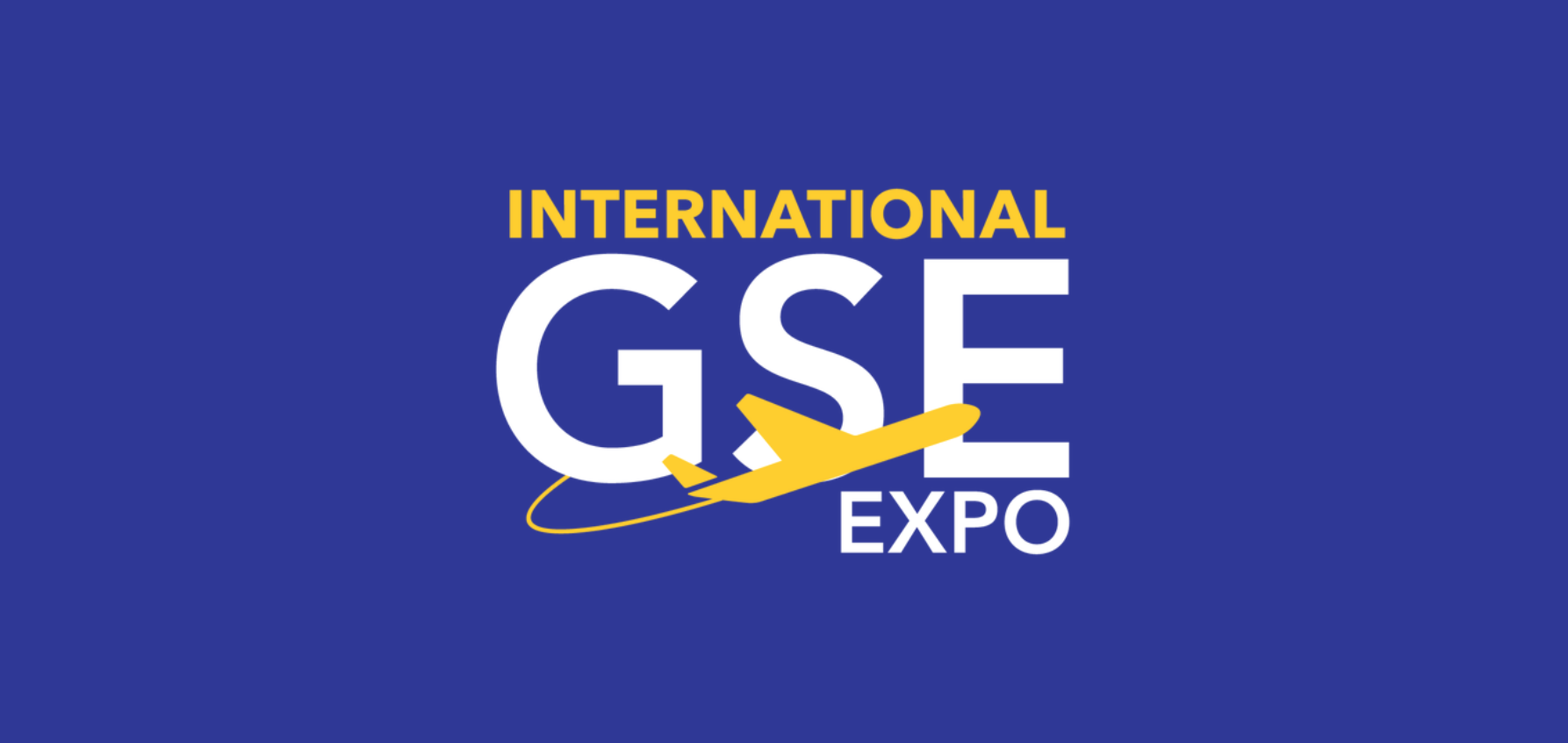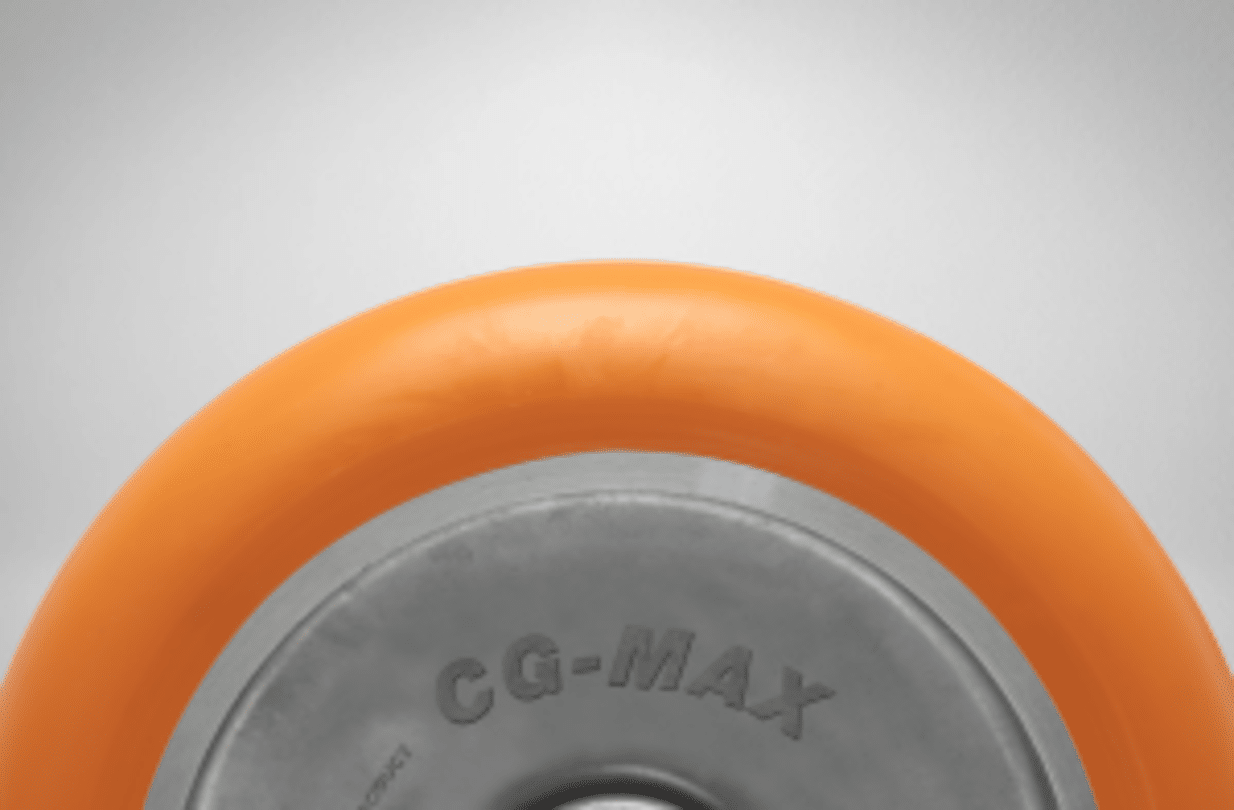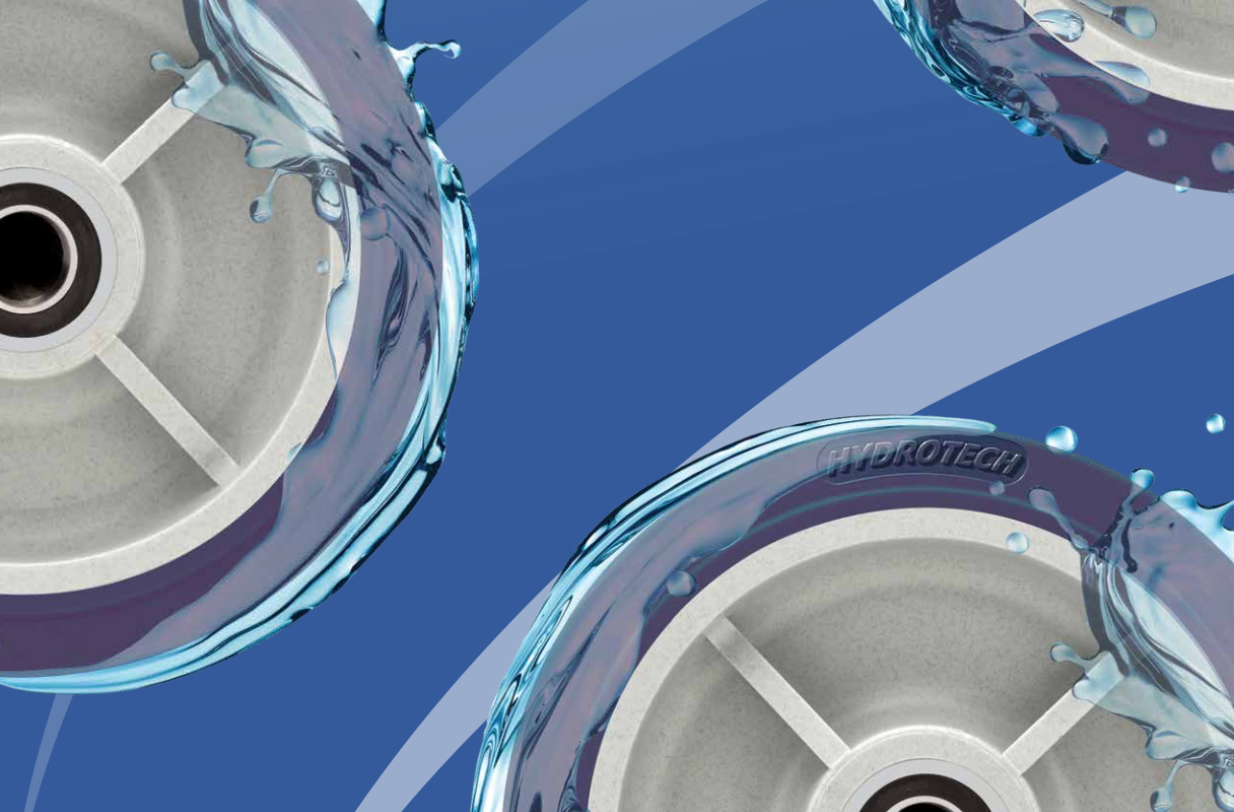Colson’s Guide to Wheels, Casters, and Features in Robotics: AMR Designs
Welcome to Colson Group’s latest exploration into the world of wheels and rolling elements, specifically tailored for the realm of mobile robotics. In this installment, we delve into the various designs and applications within autonomous… Colson’s Guide to Wheels, Casters, and Features in Robotics: AMR Designs


